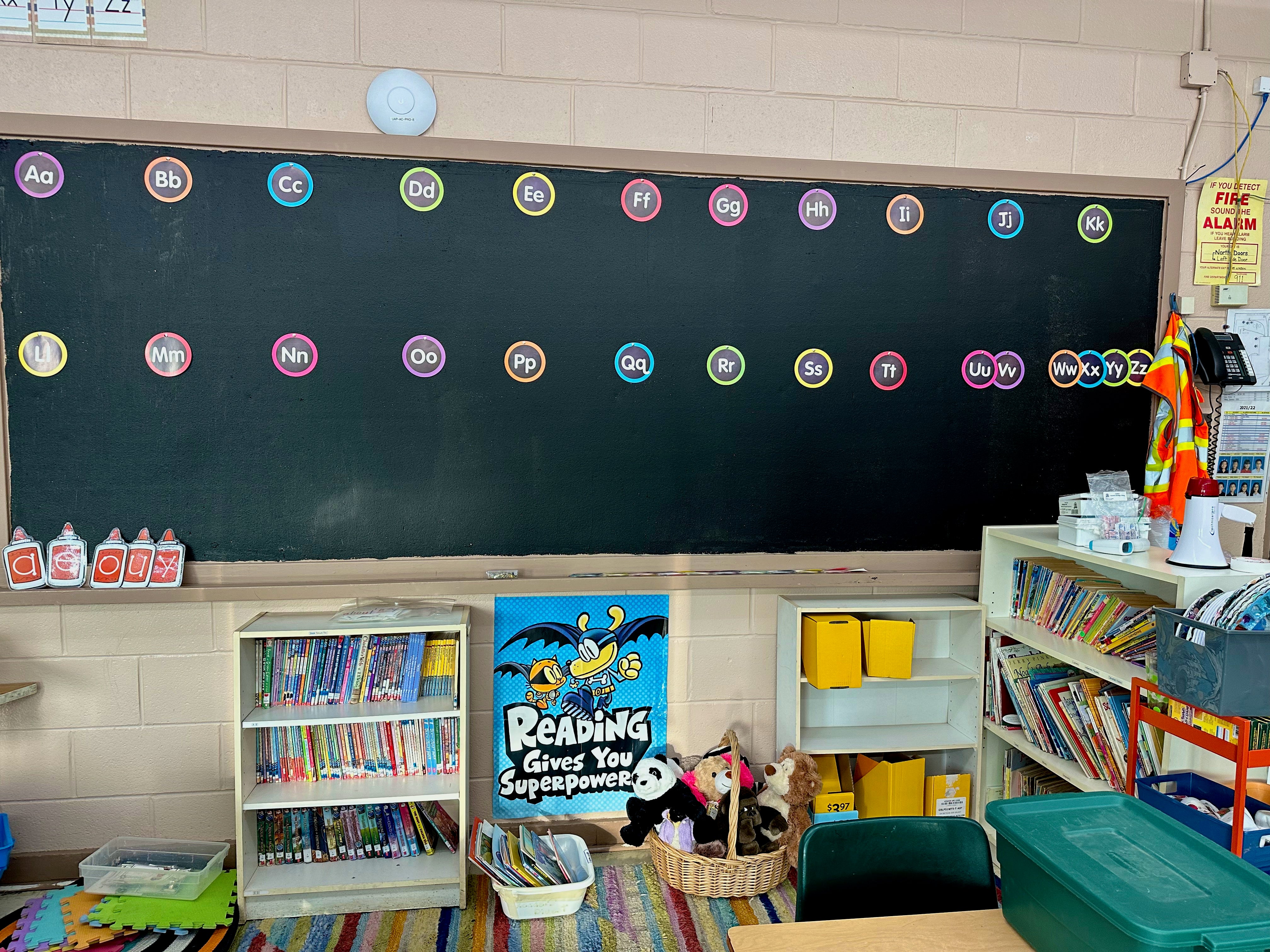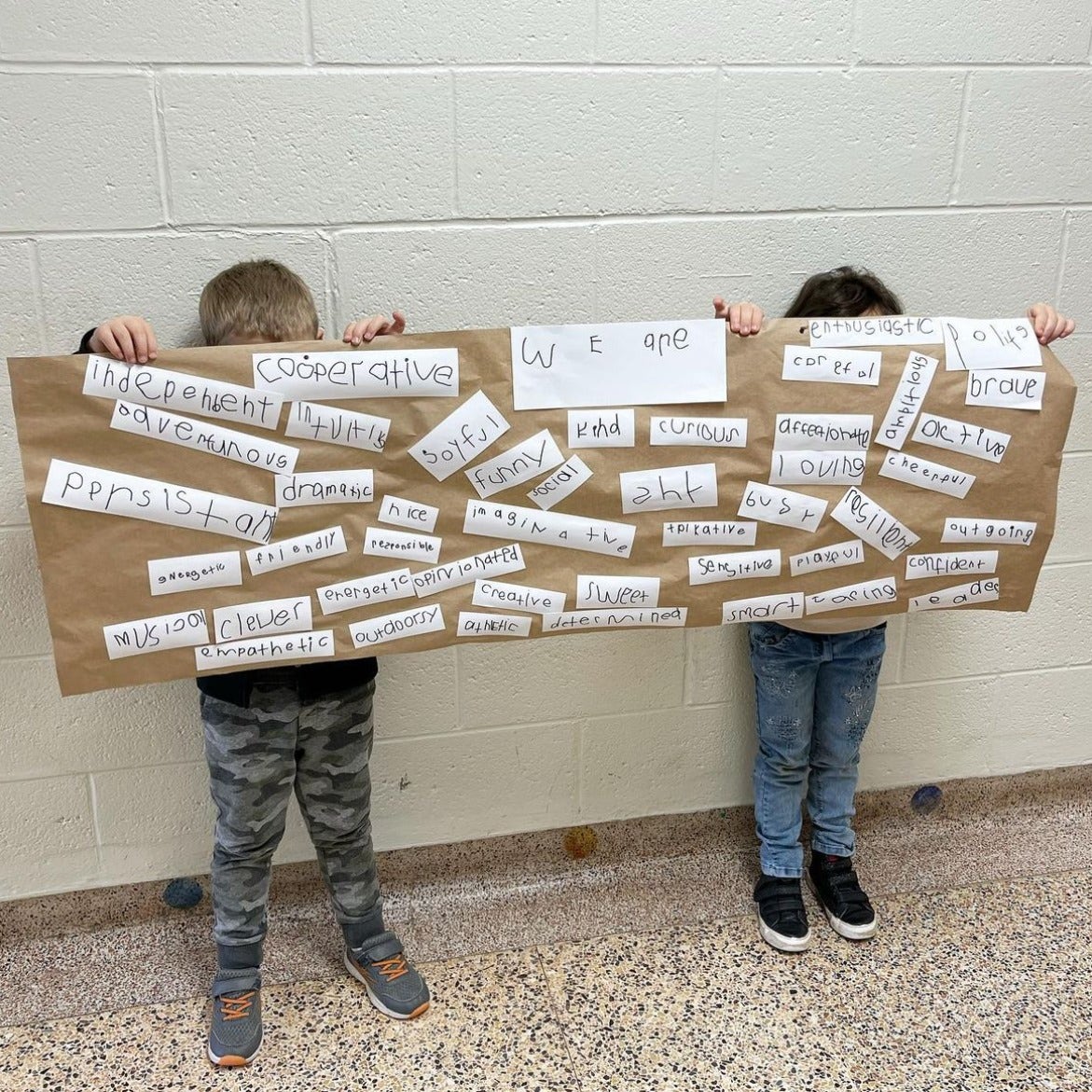

The Importance of Word Walls in Elementary Classrooms: Fostering Early Literacy and Creating an Engaging Learning Environment
As educators, we continually seek effective methods to enhance early literacy and create engaging learning environments for our students. One proven tool that has stood the test of time in elementary classrooms is the word wall. Word walls are more than just a display of words; they are a dynamic, interactive resource that supports vocabulary development, reading skills, and writing proficiency. In this blog, we will explore the importance of word walls in elementary classrooms and provide practical tips on creating a vibrant word wall that encourages early literacy.
So together let's learn and explore why word walls are so important in our classrooms to help develop early literacy skills!


Vocabulary Development
Word walls serve as a visual repository of essential vocabulary words that students encounter throughout the school year. By displaying high-frequency words, subject-specific terminology, and student-generated words, teachers provide a reference tool that students can use to enhance their vocabulary. This is particularly beneficial for young learners and English language learners (ELLs), as it helps them acquire and retain new words more effectively.
Reading Skills Enhancement
Word walls support the development of reading skills by providing students with easy access to commonly used words. As students become familiar with these words, they can recognize them in various contexts, improving their reading fluency and comprehension. This exposure to words in a meaningful context also helps students understand spelling patterns and word structures.
Writing Support
When students have a word wall at their disposal, they are more likely to use a diverse vocabulary in their writing. It acts as a reference point for spelling, encourages the use of new words, and helps students construct more complex sentences. This can lead to more confident and competent writers who are not afraid to experiment with language.


Promoting Independence
Word walls empower students to become more independent learners. Instead of constantly asking the teacher how to spell a word or what it means, students can refer to the word wall. This fosters a sense of autonomy and encourages them to take responsibility for their own learning.
Interactive Learning
A well-designed word wall is not just a static display but an interactive tool. Teachers can use it for various activities, such as word hunts, matching games, and sentence-building exercises. These activities make learning fun and engaging, helping to reinforce the words and their meanings.
Creating an Engaging Word Wall
-
Organize by Theme or Subject Consider organizing your word wall by themes or subjects, such as "Math Vocabulary," "Science Words," or "Seasonal Words." This helps students find words relevant to the current unit of study and see the connections between words and topics.
-
Use Visuals Pair words with visuals, such as pictures or symbols, to help students understand and remember the meanings. This is especially helpful for younger students and visual learners.
-
Make it Interactive Encourage student involvement by allowing them to suggest words for the wall, write definitions, or create illustrations. You can also use interactive elements like Velcro or magnets, so words can be easily added, removed, or moved around.
-
Update Regularly Keep the word wall dynamic by regularly updating it with new words. This ensures that it remains relevant and continues to be a valuable resource throughout the school year.
-
Accessibility Place the word wall at a height and location accessible to all students. Ensure it is visible from various points in the classroom, making it easy for students to refer to during lessons and independent work.
Word walls are an invaluable tool in elementary classrooms, supporting vocabulary development, reading skills, and writing proficiency. By creating an engaging and interactive word wall, educators can foster a rich literacy environment that encourages students to explore and use language confidently. As we strive to cultivate a love for learning and literacy in our students, incorporating word walls into our classrooms is a simple yet powerful strategy that yields lasting benefits.
Make sure to tag us on social media if you try any of our ideas and follow us for more play based learning activites, process art and craft ideas on social media @ScholarsChoice on Facebook, Instagram and Pinterest

